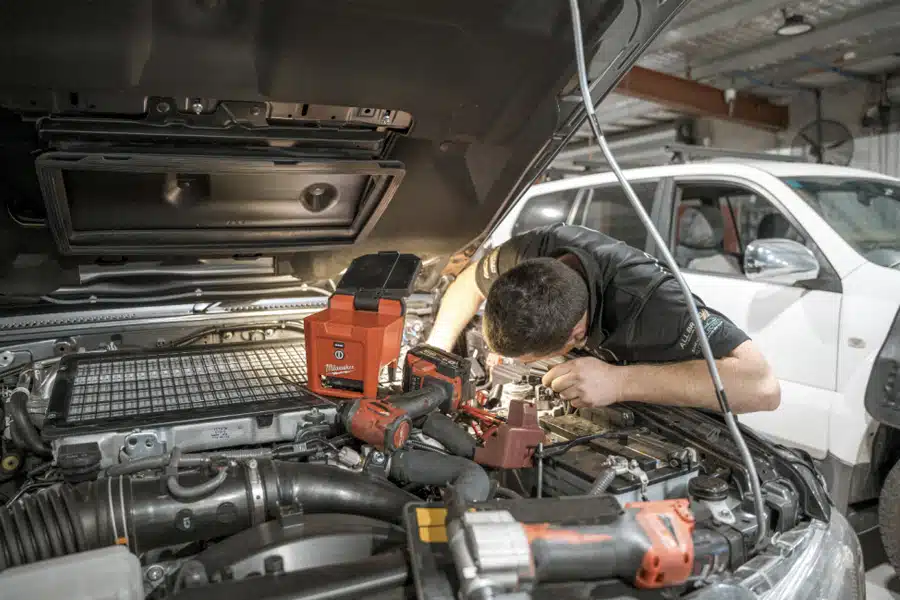2. Tire Condition: Inspect your tires for proper inflation, tread wear, and overall condition. Underinflated or overinflated tires can affect your car’s handling and fuel efficiency, while worn-out or damaged tires can compromise your safety. Use a tire pressure gauge to check the pressure and adjust it to the recommendother damage. Consider rotating or replacing your tires if necessary.
3. Brakes & Lights: Test your brakes to ensure they are responsive and in good condition. If you notice any squeaking, grinding, or vibrations when applying the brakes, your brake pads may be worn or have other issues. Check that all exterior lights, including headlights, taillights, brake lights & indicators are functioning properly. Remember proper lighting is crucial for your safety on the road, especially during nighttime driving or different weather conditions.
Remember, regular maintenance and professional inspections are essential for the overall safety and reliability of your vehicle. If you notice any issues during the pre-trip check or have concerns about your car’s condition, it’s recommended to have a qualified mechanic inspect and address them before embarking on your journey. Bonus Tip: Pack an emergency kit with essential items like jumper cables, a flashlight, basic tools, a jack, a spare tire and a first aid kit in case of unexpected situations.
Most importantly have fun and enjoy the beauty of driving on Australian Roads! Contact the team at Sandgate Auto Electrics and Automotive for more information.
07 3269 3158
113 Connaught Street, Sandgate
mail@sandgateautoelectrics.com.au


